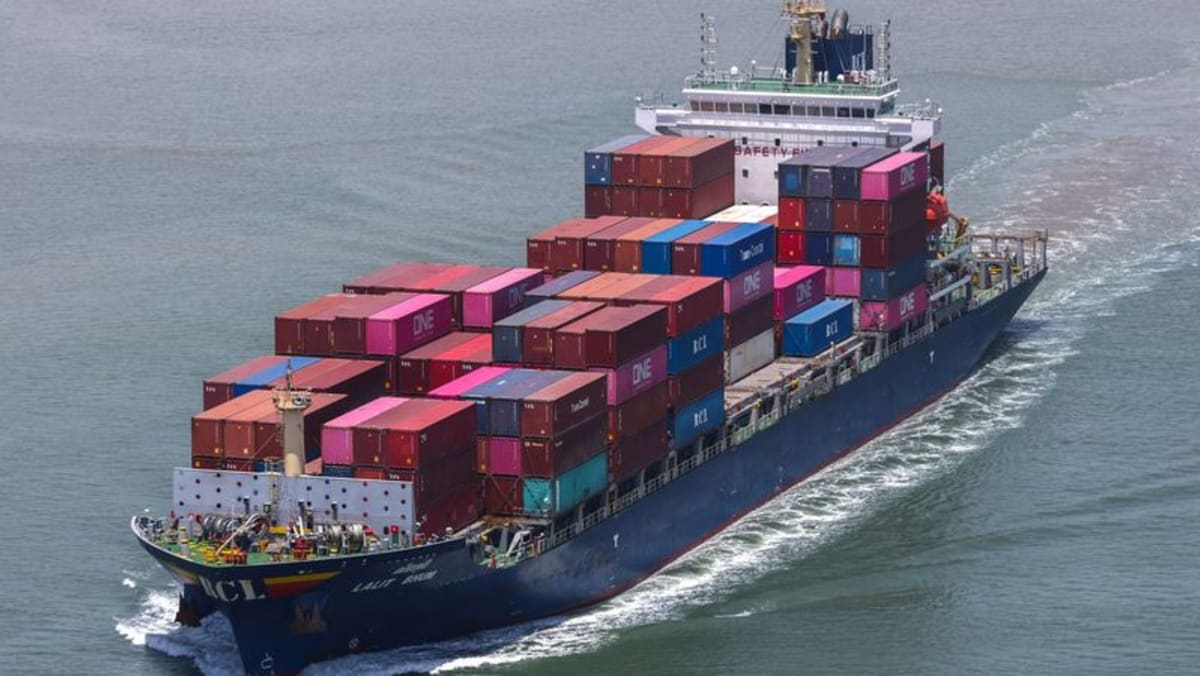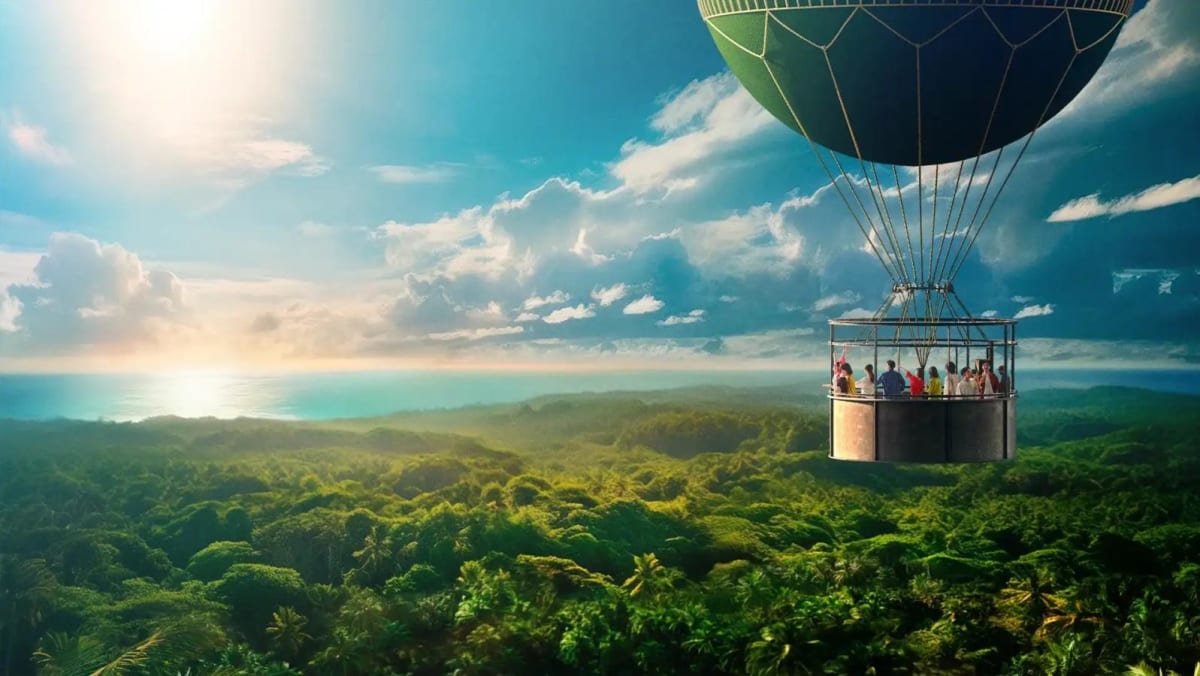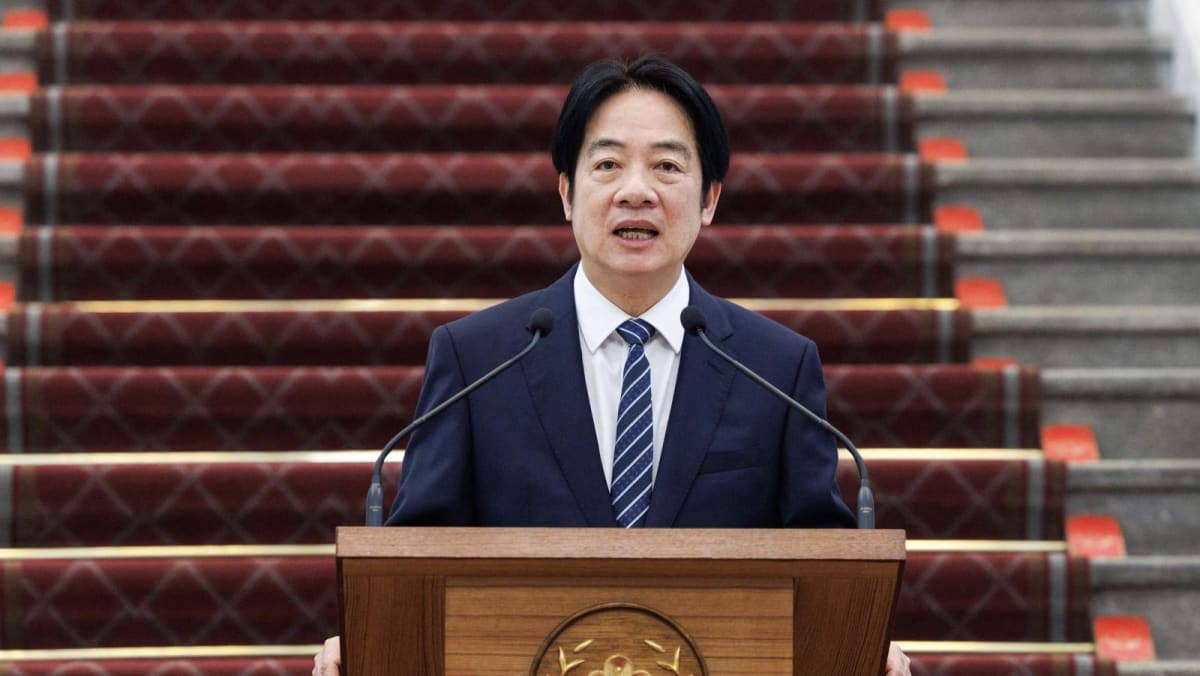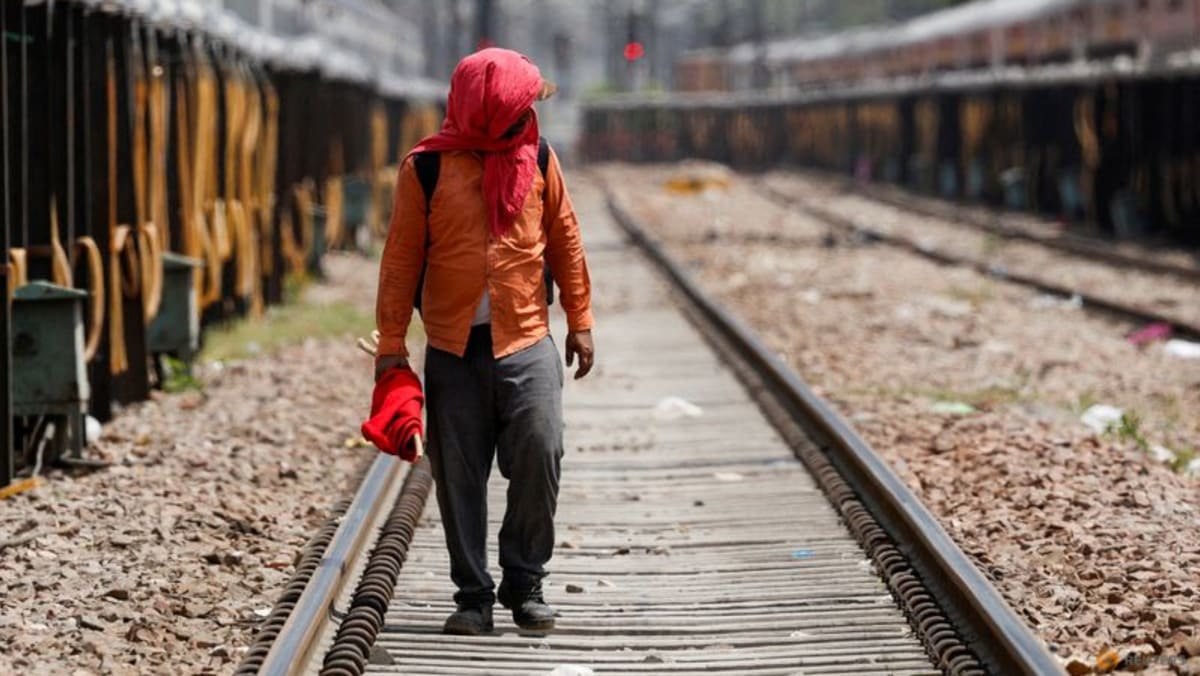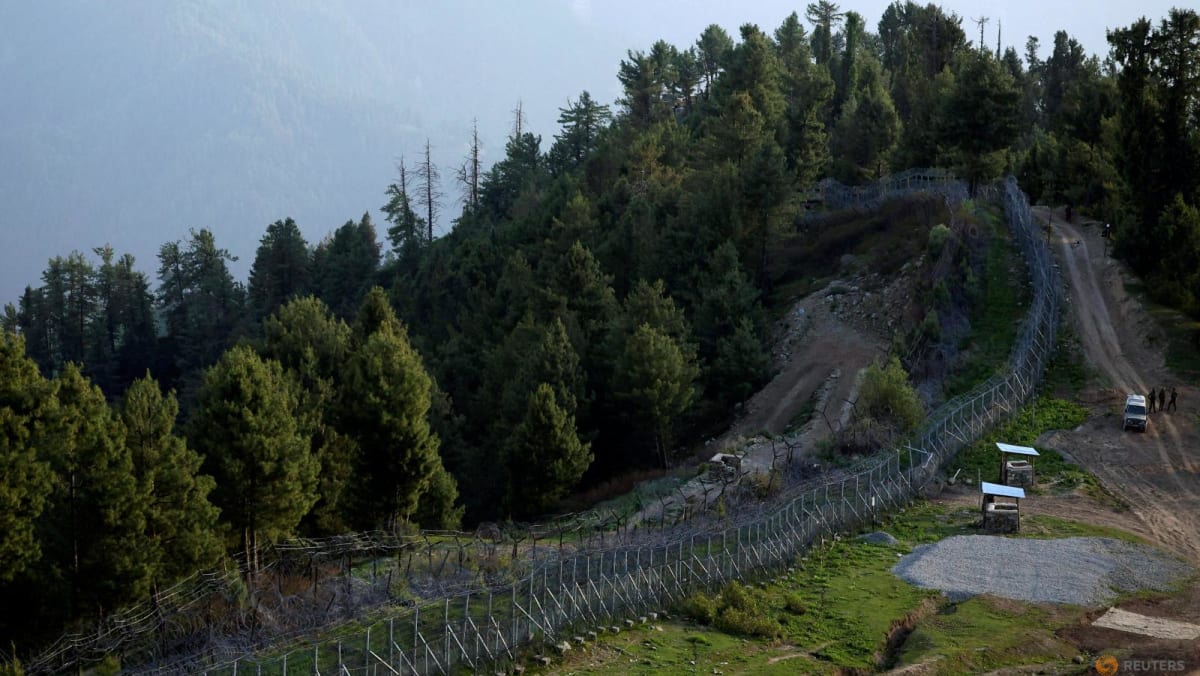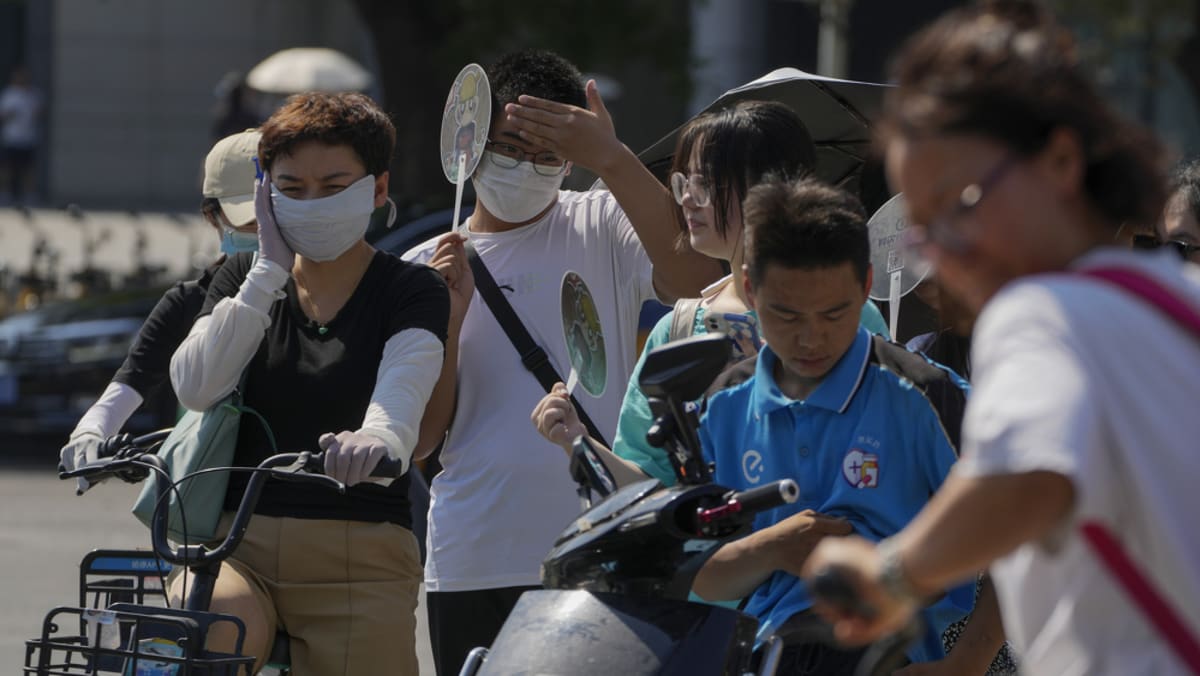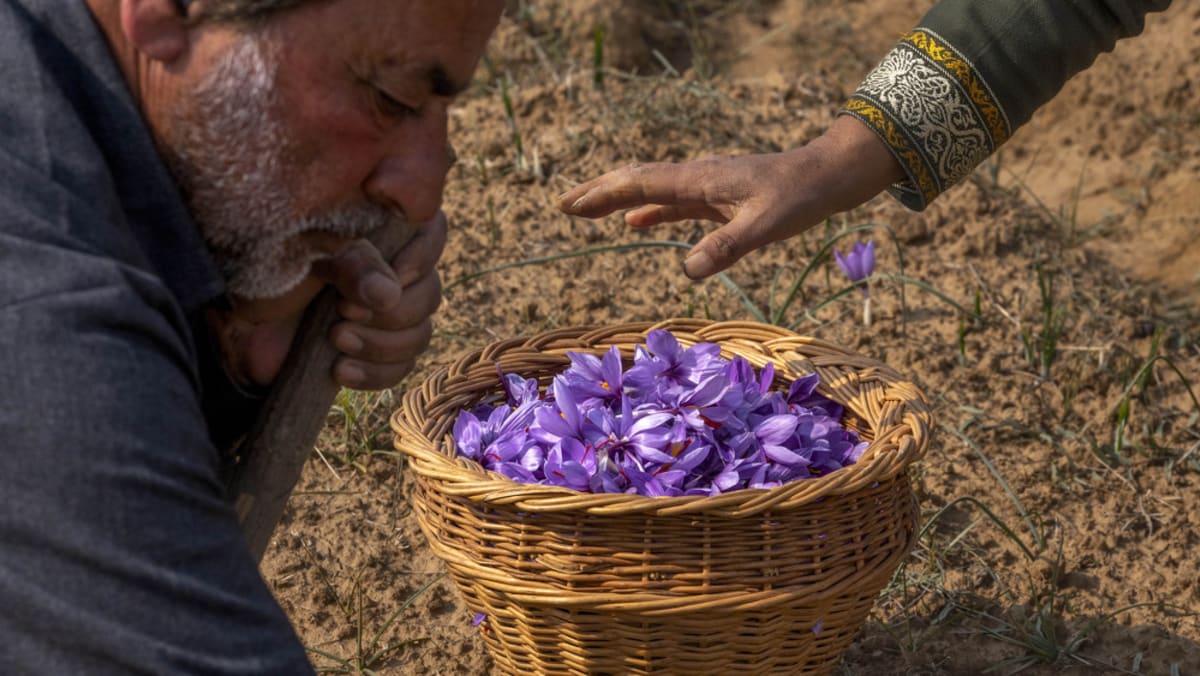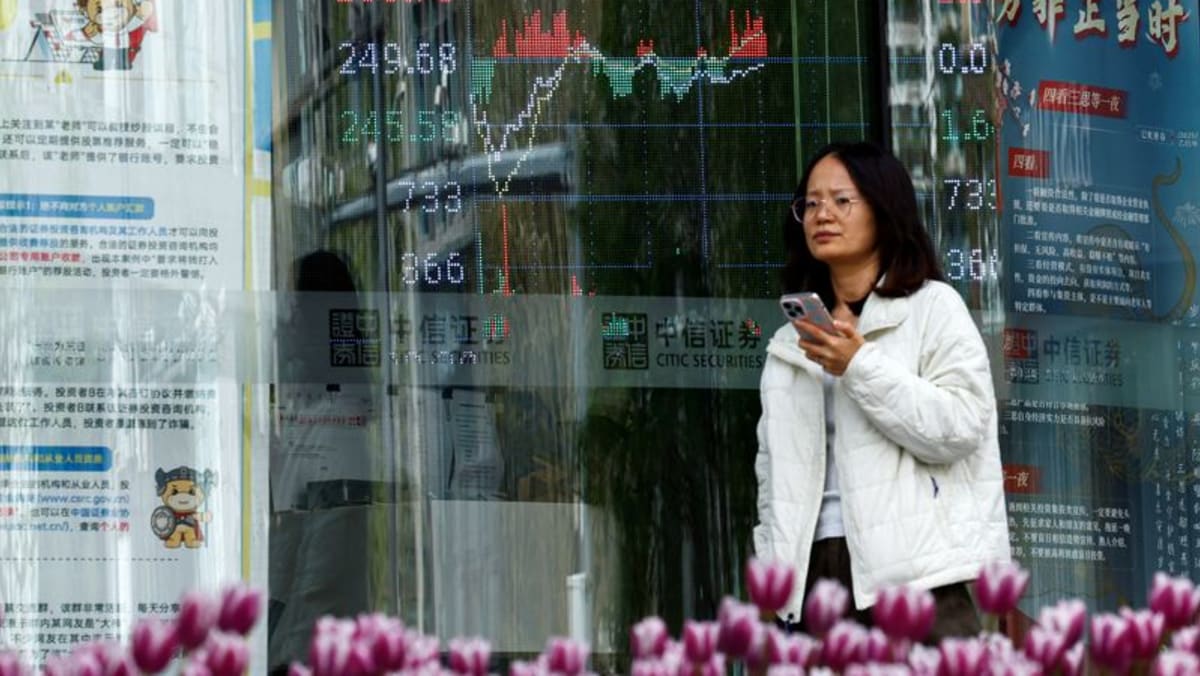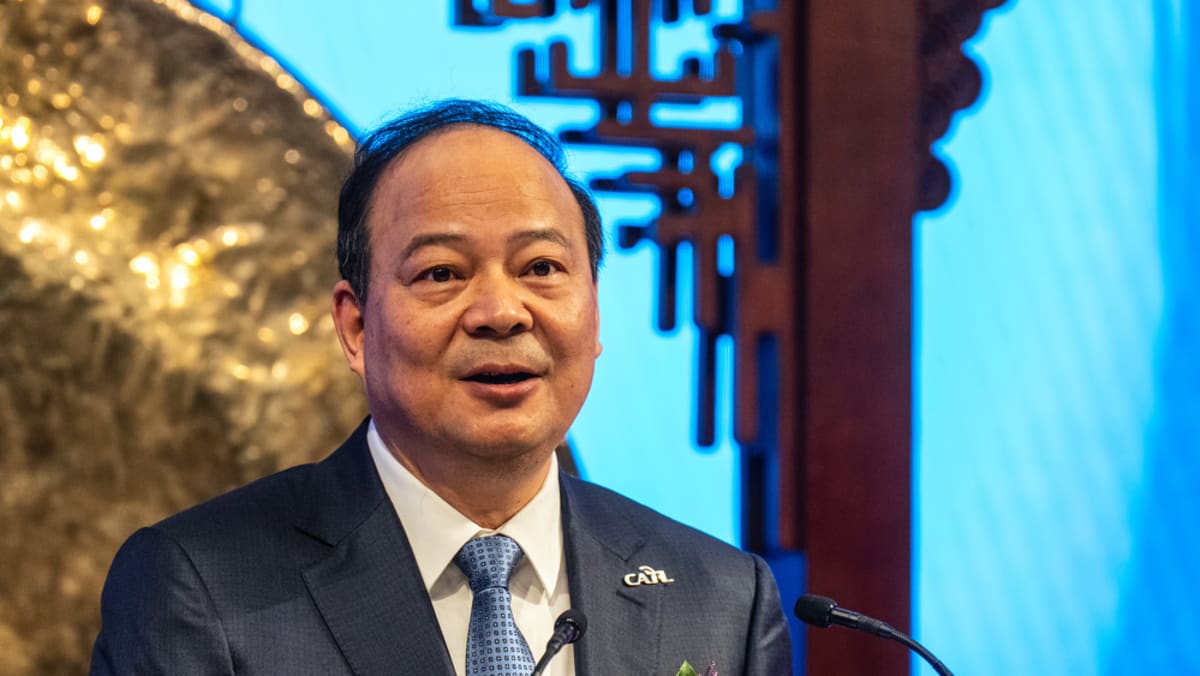Yu Shioji, the chairman of the Amusement Park Society of Japan, believes Junglia will have “almost no chance” of long-term success given that there are other nature adventure parks in Japan and its relatively high cost – ¥6,930 yen per day pass for locals and ¥8,800 yen for international visitors.
While acknowledging long odds for long-term profitability for any amusement park, Morioka – who considers himself a maths nerd – said that by his calculations, Junglia has more than a 70 per cent chance of success.
He expects several thousand visitors a day to Junglia and says it can be profitable even if it only garners half the number of visitors of the nearby Okinawa Churaumi Aquarium, which has around 3 million per year.
Morioka added that demand for theme parks and higher value-added tourism services in Japan is here to stay, given that many Asian countries are growing wealthier.
“The weak yen is a tailwind, but the number of people who want to visit Japan will increase structurally regardless of the currency effect,” he said.
The Japanese government has said it wants to boost the number of overseas visitors to 60 million per year by 2030.
If Junglia is successful, Morioka says developing smaller attractions that cost less than ¥100 billion, unlike mega theme parks like Disney’s and USJ, could be easily replicated in other Asian markets like Taiwan and Indonesia.
Listing Katana would be an option to fund future growth, he said, adding that he saw a lot of potential for theme parks built around Japanese anime if he can convince content creators to license their intellectual property.
“I think it would be good if there was a third option in cities around the globe after Disney and Universal,” said Morioka. “I want to develop niches where they can’t go and create a third force in attractions in the world that originates from Japan.”


